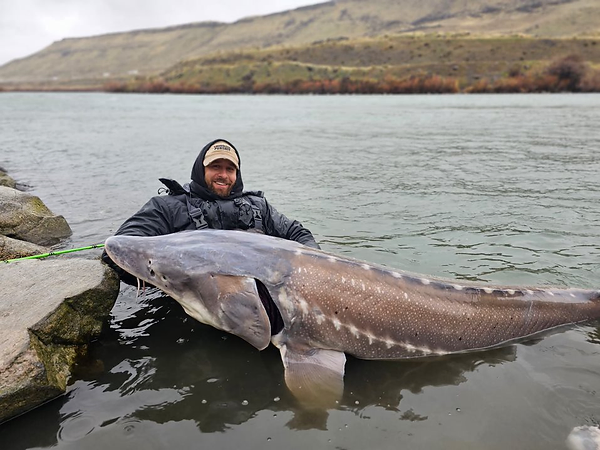
A Complete Guide on How to Catch Sturgeon in Oregon
A Complete Guide on How to Catch Sturgeon in Oregon
Oregon’s magnificent waterways offer a haven for anglers seeking the thrill of landing a massive sturgeon. Among the diverse array of fish species found in the state’s rivers, lakes, and reservoirs, sturgeon stand out as prehistoric giants, enticing fishing enthusiasts with their sheer size and impressive fighting ability. For those eager to pursue these ancient fish, here’s a comprehensive guide on how to catch sturgeon in Oregon.
Understanding Sturgeon

Sturgeon, often referred to as living fossils due to their ancient lineage, can grow to enormous sizes, making them a prized catch among anglers. In Oregon, the most commonly targeted species include the white sturgeon and, to a lesser extent, the green sturgeon. These fish inhabit various water bodies across the state, including the Columbia River, Willamette River, and other coastal rivers.
Regulations and Licensing
Before embarking on a sturgeon fishing adventure in Oregon, it’s crucial to be well-versed in the regulations governing sturgeon fishing. The Oregon Department of Fish and Wildlife (ODFW) sets specific rules regarding catch limits, size restrictions, and fishing seasons for sturgeon in different locations. Additionally, anglers must possess the appropriate fishing licenses and tags required for targeting sturgeon.
Best Locations for Sturgeon Fishing

- Columbia River: Renowned for its robust sturgeon population, the Columbia River is a prime hotspot for sturgeon fishing in Oregon. Specific areas like the Bonneville Pool, The Dalles Pool, and the Astoria-Megler Bridge area offer excellent opportunities to hook into sizable sturgeon.
- Willamette River: With its proximity to urban areas like Portland, the Willamette River provides accessible sturgeon fishing grounds. Focus on locations around known sturgeon holes, such as near bridges or deeper channels.
How to Catch Sturgeon in Oregon: Equipment and Techniques
- Rods and Reels: Sturgeon fishing requires sturdy rods and reels capable of handling the immense power of these fish. Medium to heavy-action rods paired with baitcasting or conventional reels spooled with braided line are commonly used.
- Baits and Rigs: Popular baits for sturgeon include smelt, shad, squid, or other oily fish. Sturgeon rigs often feature a sliding sinker setup with a leader and a barbless hook, allowing the sturgeon to take the bait without resistance.
- Bottom Fishing: Sturgeon are primarily bottom feeders, so fishing near the riverbed or in deeper holes where sturgeon congregate increases your chances of a successful catch. Anchoring your bait to the riverbed and waiting for the sturgeon to bite is a common tactic.
Patience and Persistence
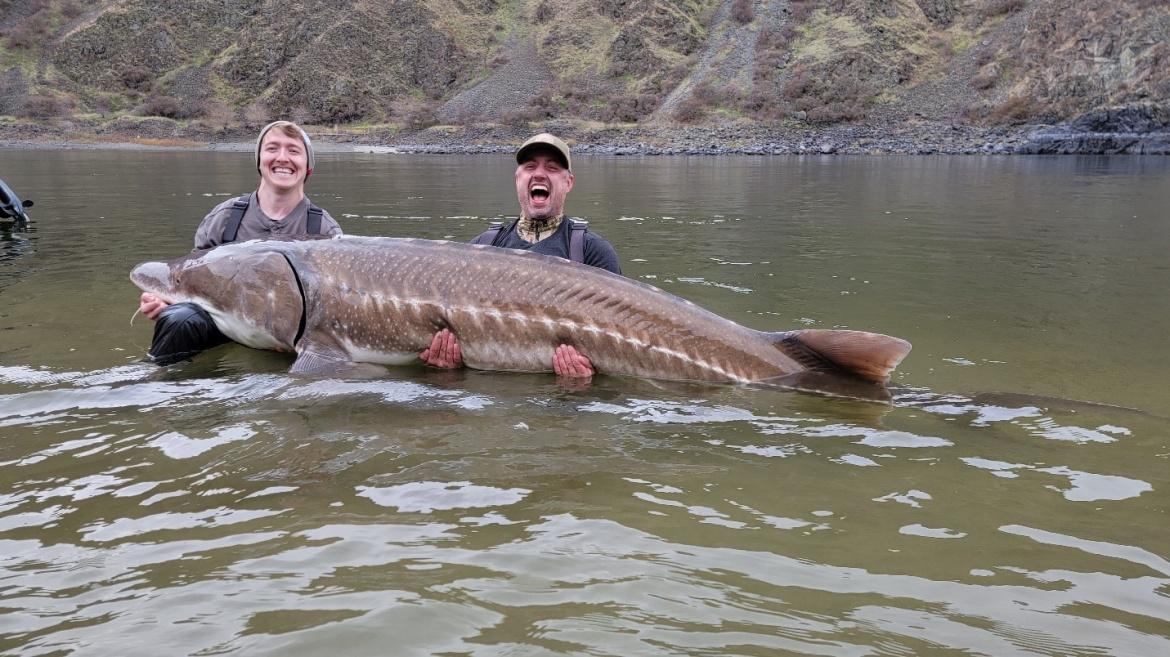
Sturgeon fishing often requires patience and persistence. These fish might not bite as frequently as other species, so being prepared to wait for extended periods is part of the experience. However, when a sturgeon takes the bait, the exhilarating fight is well worth the wait.
Conservation and Responsible Fishing
Sturgeon are long-lived and slow to reproduce, making their populations vulnerable to overfishing. Practicing catch-and-release, following size limits, and handling these fish with care are essential for the conservation of sturgeon populations in Oregon.
Advanced Techniques for Sturgeon Fishing
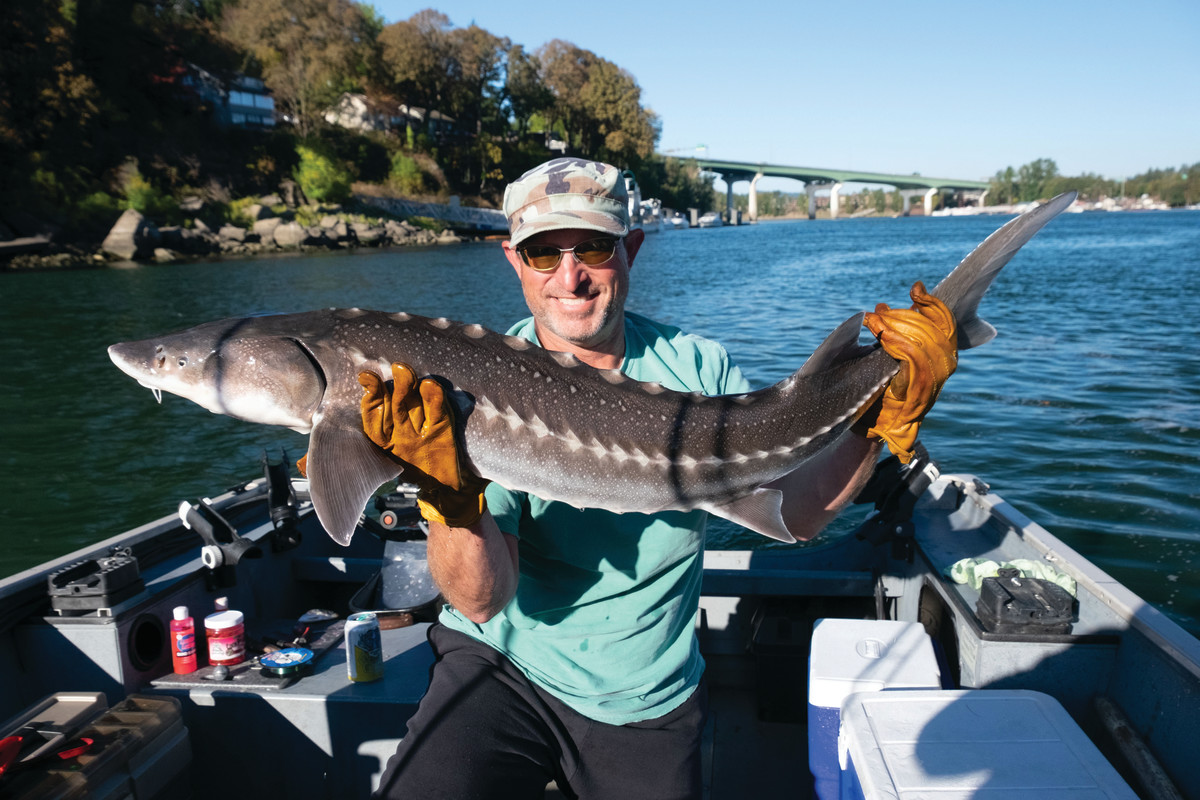
- Drift Fishing: Utilize a drift-fishing technique by allowing your bait to move naturally with the current. This method can be effective when fishing from a boat, especially in areas with a steady current flow.
- Sturgeon Jigging: Employ jigging techniques by using heavy jigs or spoons bounced along the river bottom. This method can entice sturgeon by mimicking wounded baitfish.
How to Catch Sturgeon in Oregon: Timing and Seasons
- Seasonal Considerations: Sturgeon fishing seasons and regulations can vary across different regions and water bodies in Oregon. Stay informed about seasonal closures, open seasons, and size limits, as these can change from year to year.
- Optimal Times: While sturgeon can be caught year-round, certain periods, such as spring and fall, may witness increased sturgeon activity as they migrate or congregate in specific areas. Pay attention to local fishing reports or seek advice from seasoned anglers for the best times to target sturgeon.
How to Catch Sturgeon in Oregon: Boating and Navigation
- Boat Selection: For river-based sturgeon fishing, consider using a sturdy boat equipped with an anchor system suitable for securing in deeper waters or strong currents. Pontoon boats, drift boats, or specialized fishing vessels are popular choices.
- Navigation Tips: Familiarize yourself with the waterways you intend to fish in, as sturgeon often prefer certain depths or structures. Use navigational aids like depth finders or GPS to locate potential sturgeon holding areas.
Safety Precautions
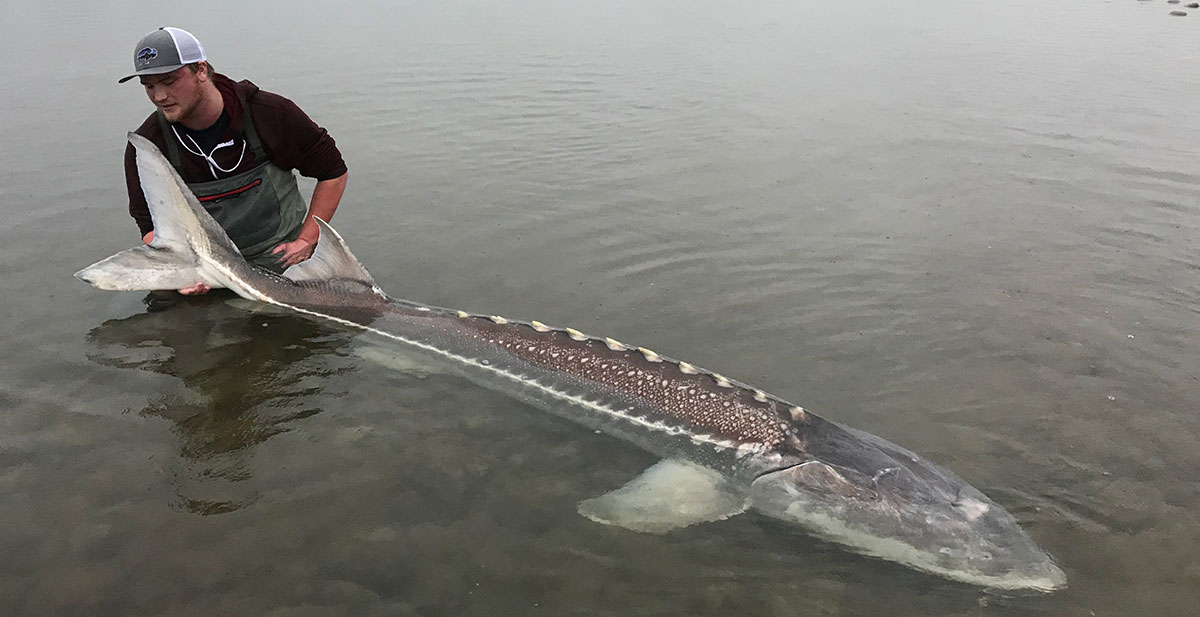
- Proper Handling: Sturgeon are powerful and can be dangerous when brought aboard. Exercise caution and use appropriate handling techniques, such as using gloves and supporting the fish’s body when lifting it.
- Safety Gear: Wear a life jacket at all times while on the water, especially when fishing from a boat. Sturgeon fishing often involves dealing with heavy gear, and unexpected events can occur, so safety should always be a priority.
Local Knowledge and Guides
- Guide Services: Consider hiring experienced local guides who possess extensive knowledge of sturgeon behavior, fishing spots, and techniques. Guides can offer invaluable insights that enhance your chances of a successful sturgeon fishing expedition.
- Community Engagement: Engage with local angling communities or forums to share experiences, gather tips, and stay updated on the latest trends or changes in sturgeon fishing regulations and techniques.
Wrapping It Up
Oregon’s waterways provide an exciting and rewarding opportunity for anglers to pursue the legendary sturgeon. From understanding regulations to selecting the right equipment and employing effective fishing techniques, mastering the art of sturgeon fishing requires dedication and a deep appreciation for these remarkable fish. By following regulations, respecting the environment, and practicing responsible angling, anglers can contribute to the conservation of sturgeon while enjoying the thrill of the chase and the satisfaction of landing one of the Pacific Northwest’s most iconic species.
Now that you know more about how to catch sturgeon in Oregon, the next step is planning your nest fishing trip! Book a fishing charter with us now and let’s take care of the rest. Click here to contact us!
Schedule your Oregon Fishing Charter Today!
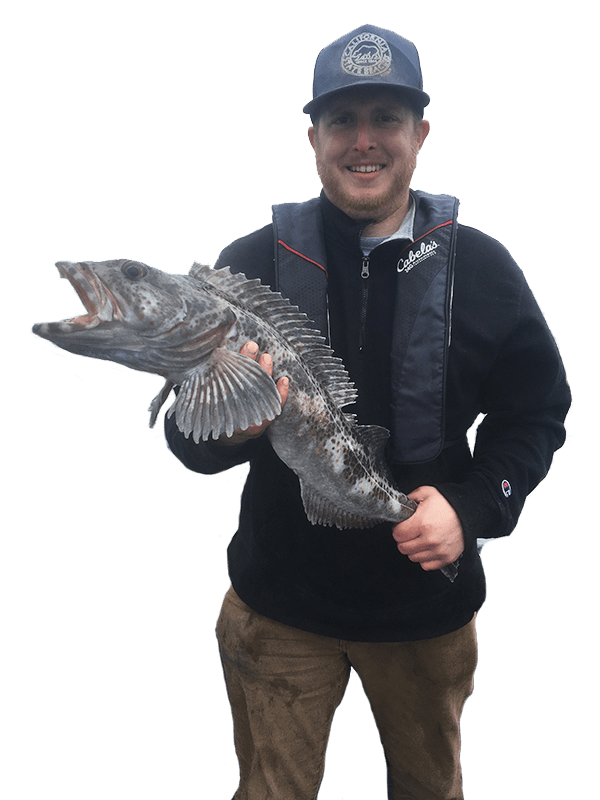

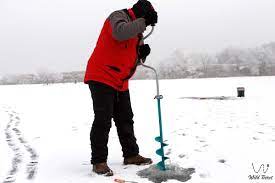


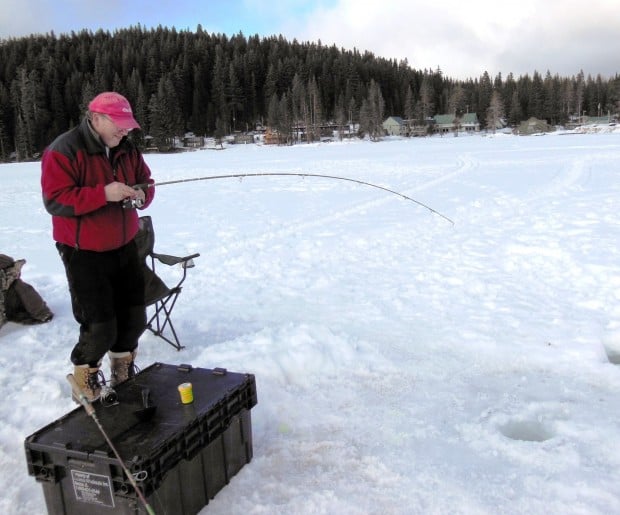
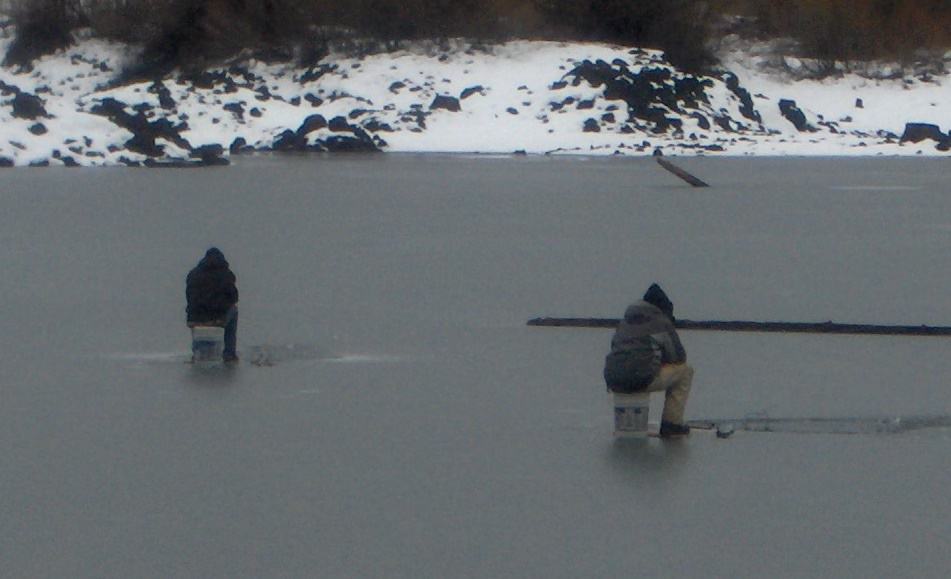
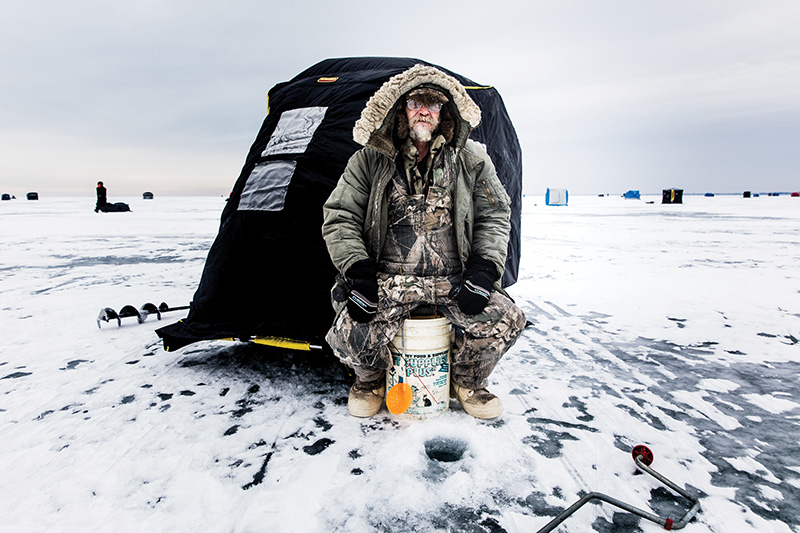
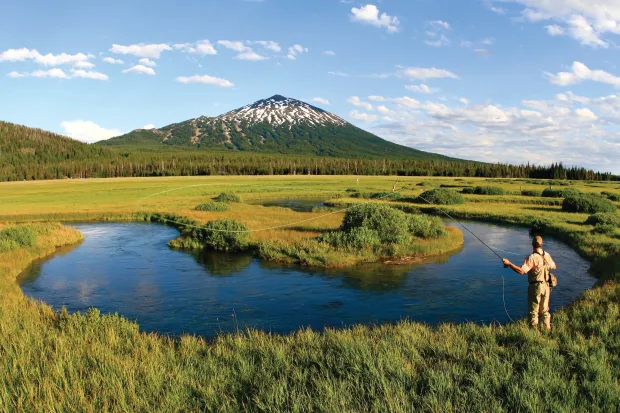


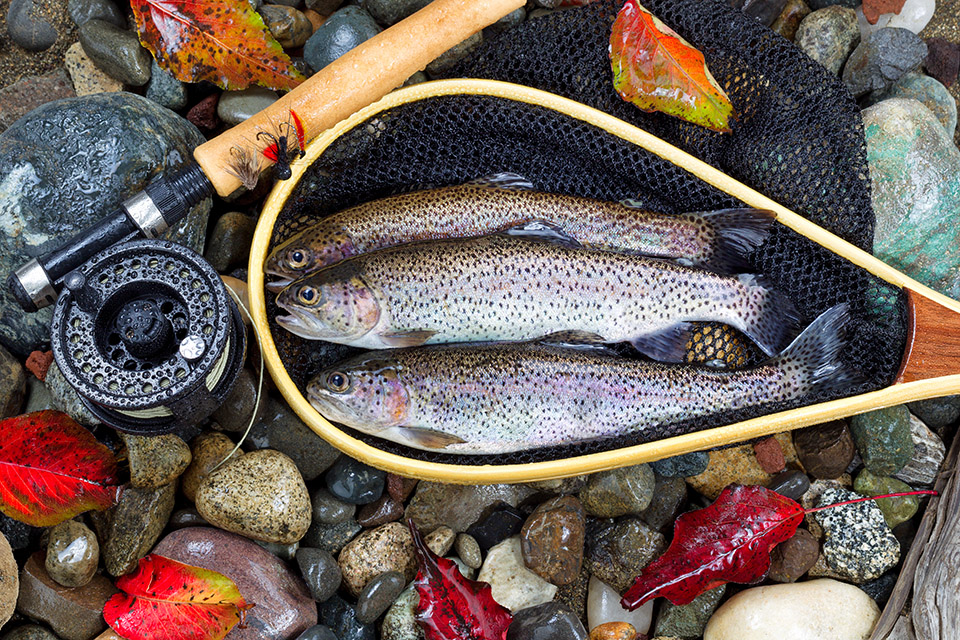
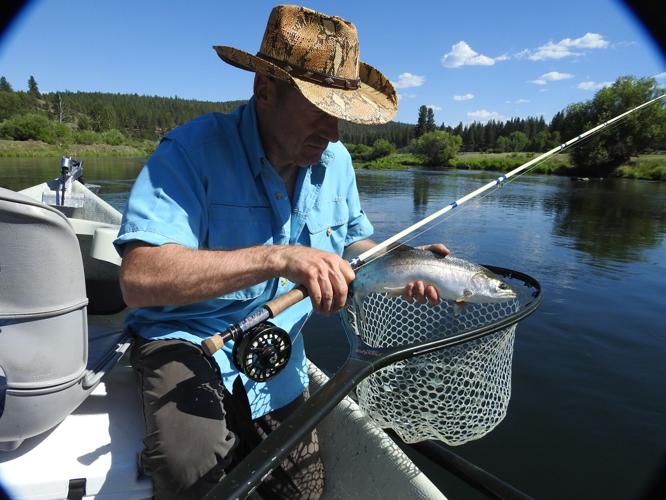
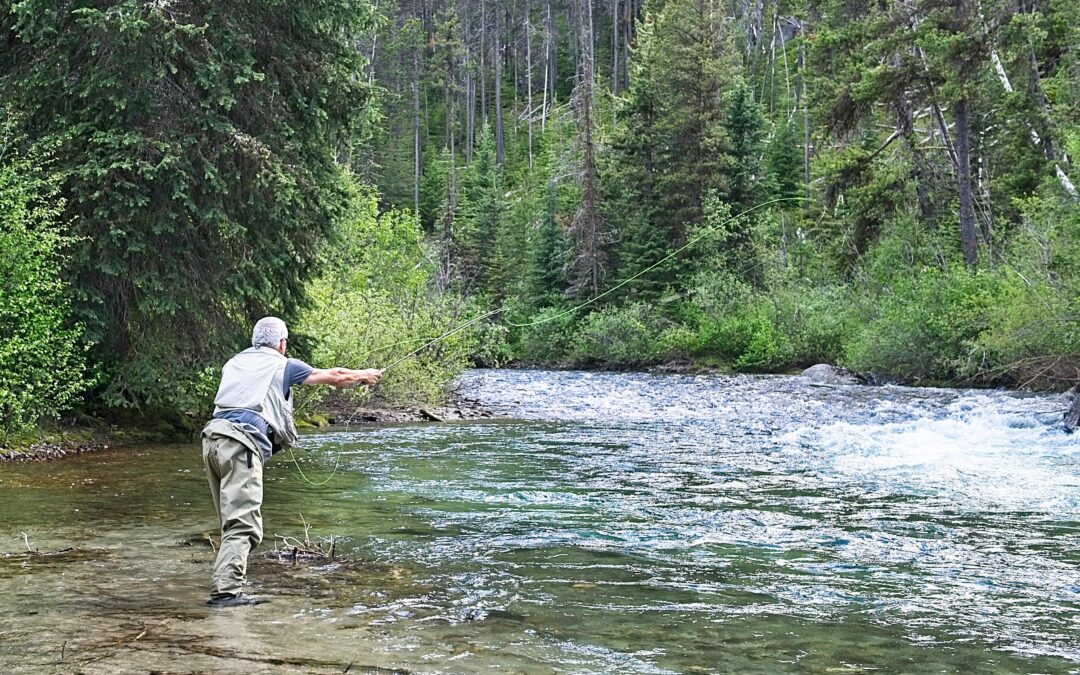
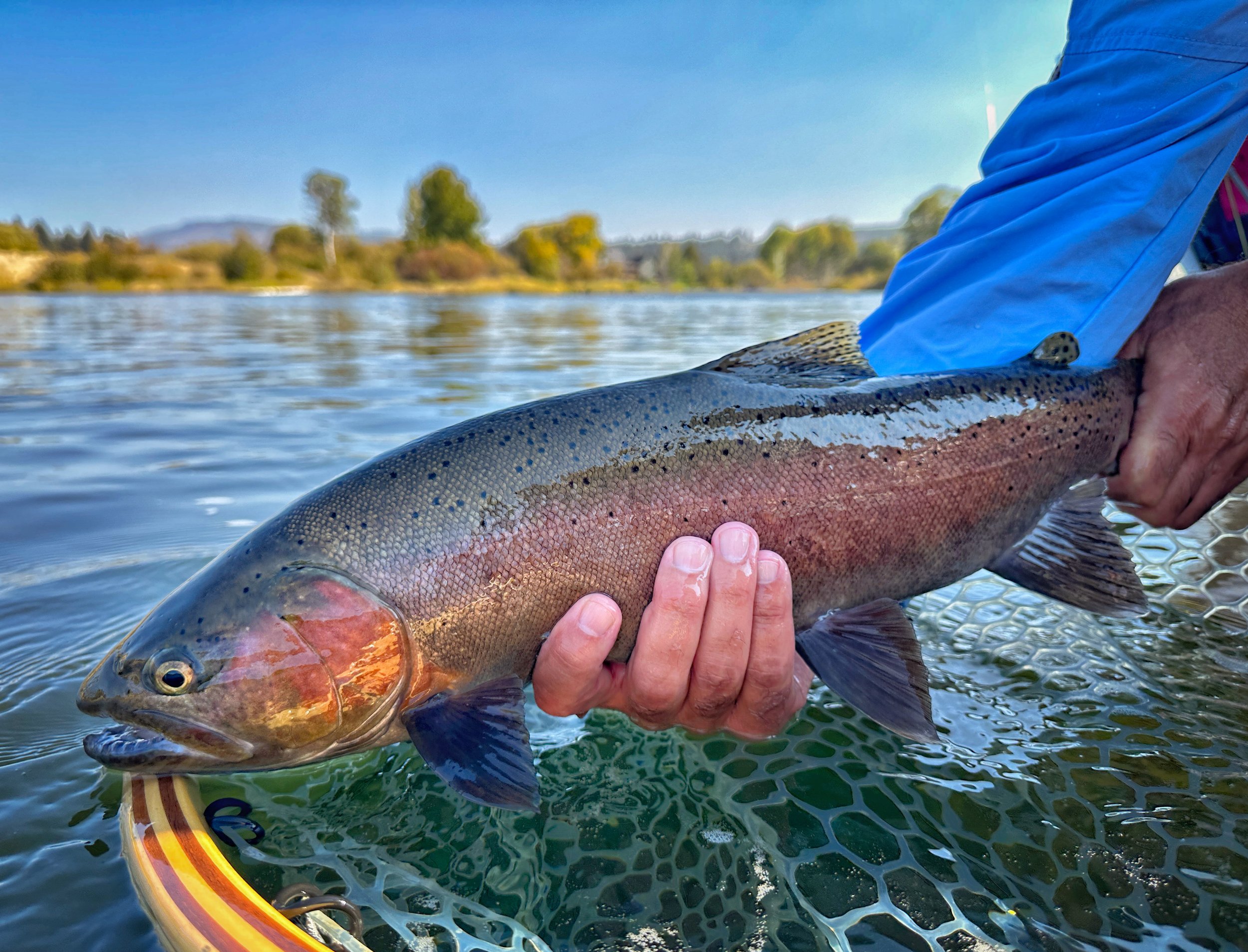 Oregon
Oregon
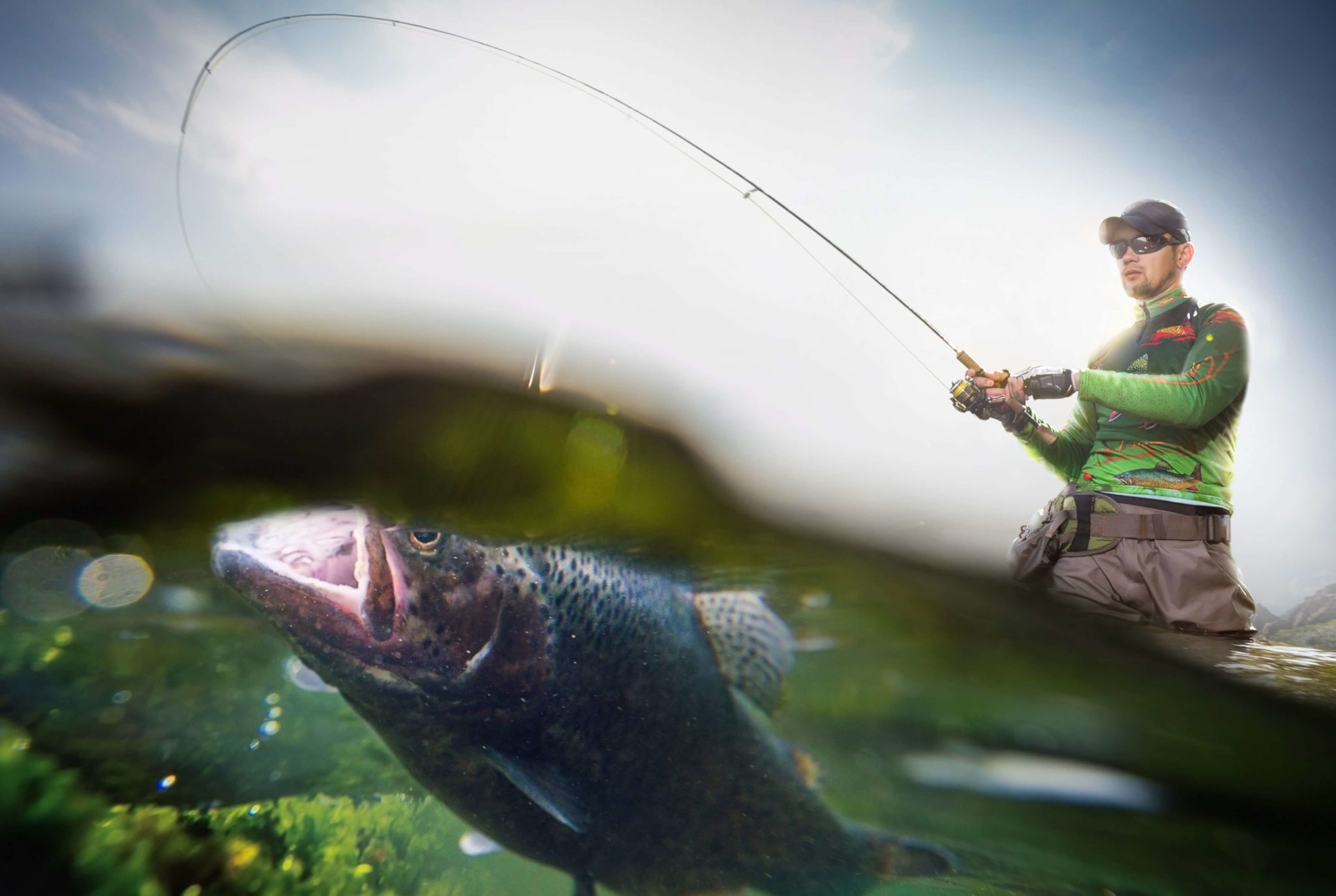

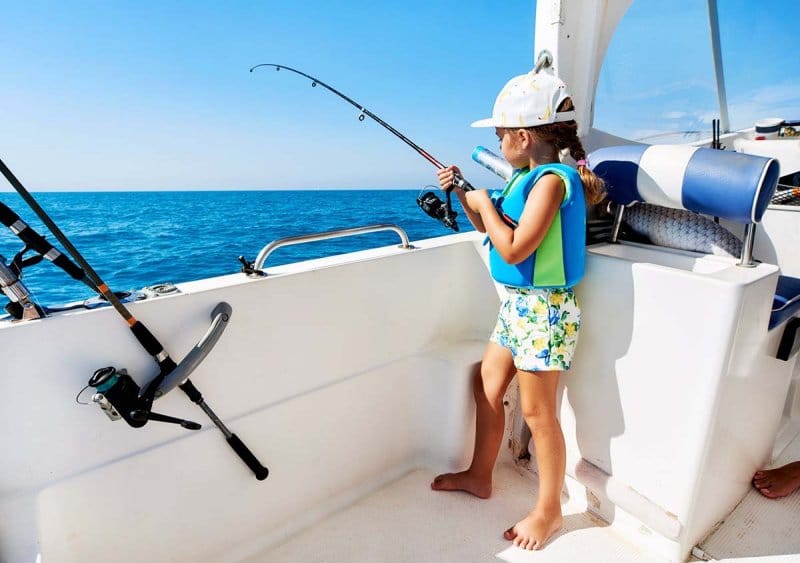

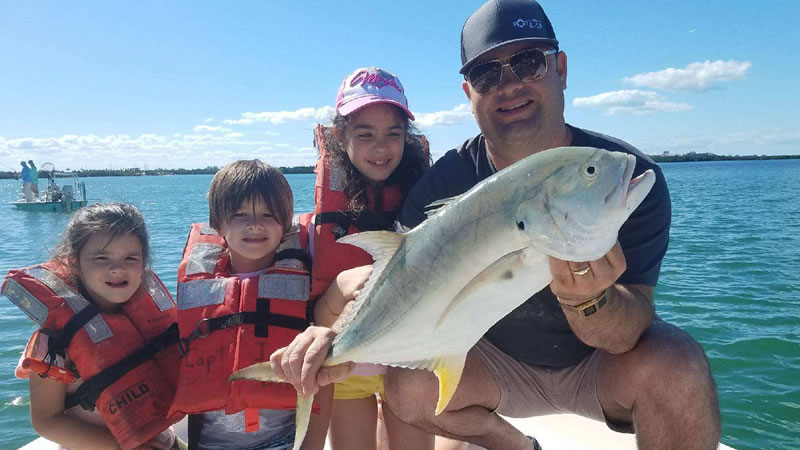
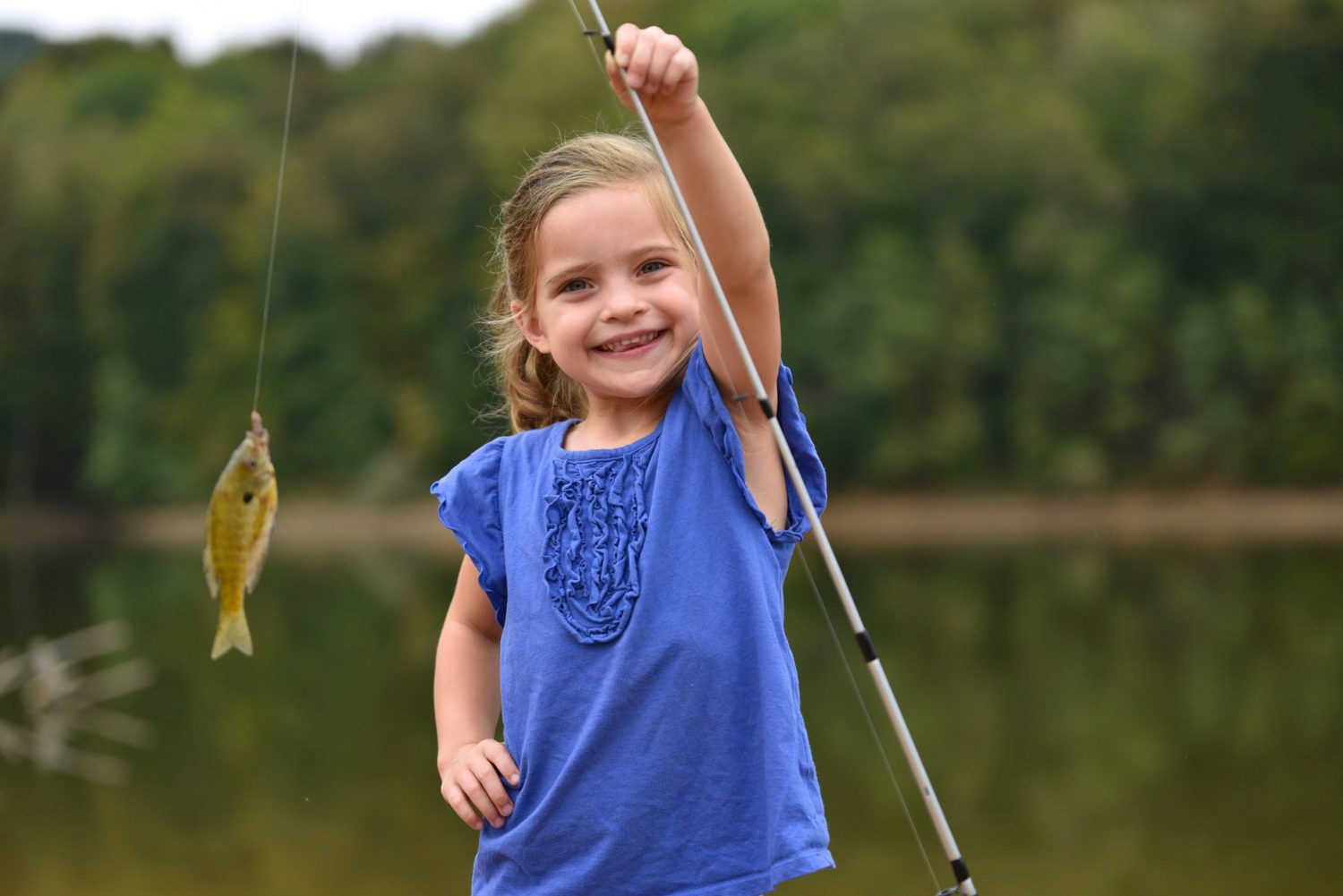
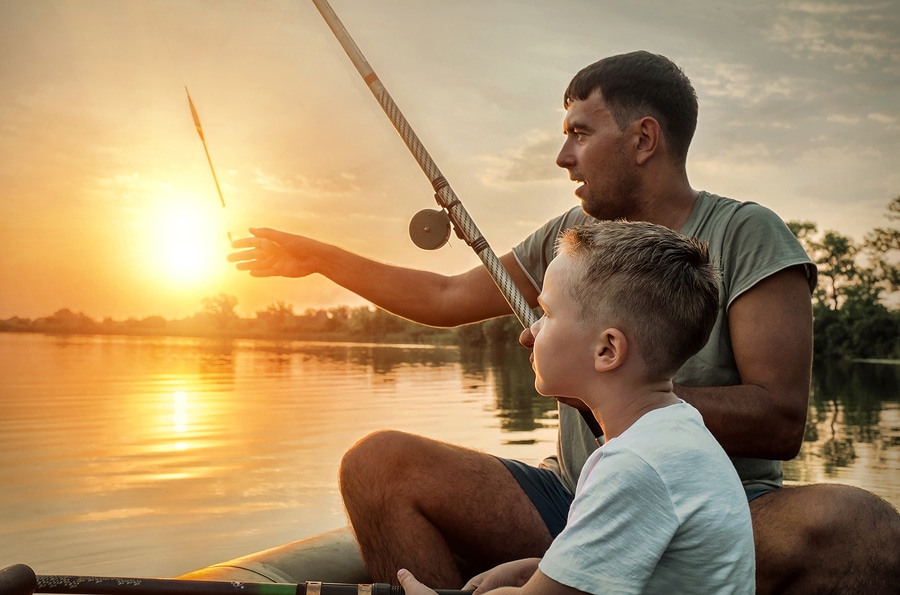
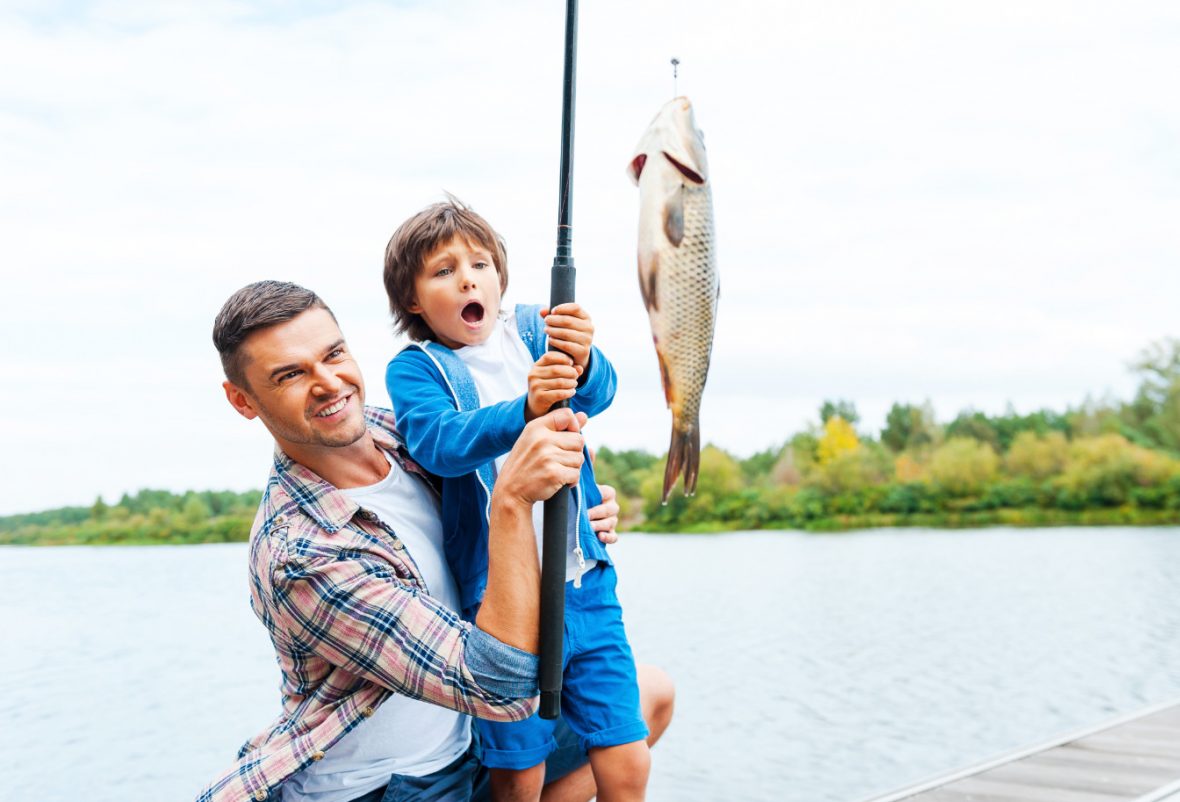
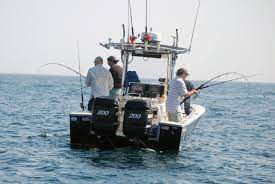



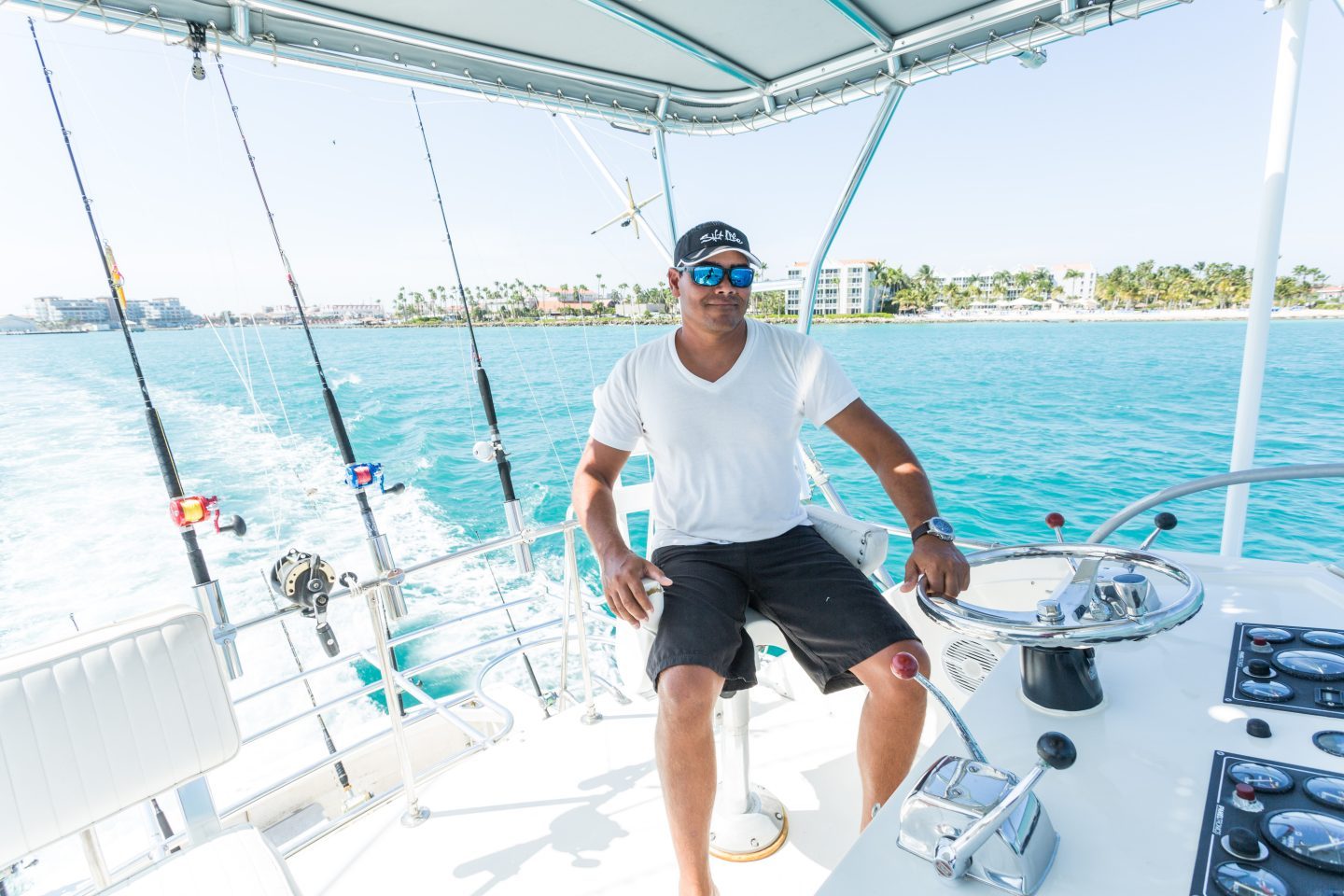

Recent Comments